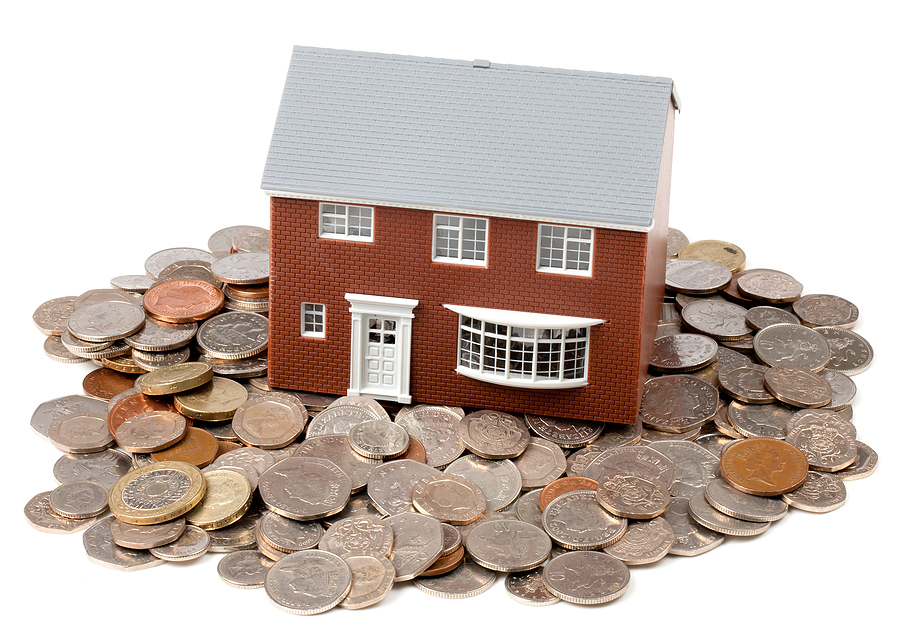When it comes to the current property market and whether you should buy now or later – many people focus on the amount of deposit required to buy a property.
 But according to Vicki Wusche, author of ‘Property for the Next Generation’ and ‘Make More Money from Property’ it’s not the deposit you should be thinking about, it’s the size of the debt.
But according to Vicki Wusche, author of ‘Property for the Next Generation’ and ‘Make More Money from Property’ it’s not the deposit you should be thinking about, it’s the size of the debt.
With schemes like Help to Buy it’s easier to get on the property ladder, but that doesn’t mean it’s easier to pay the mortgage.
Vicki has some advice that every buyer should consider: “A simple increase of 2 per cent on a mortgage rate would cost a home owner as much as £300 extra in mortgage costs. Have you budgeted for rate increases? The rates could be increased at any time your mortgage ends its term on a fixed or variable rate and moves to the lenders standard variable rate (SVR).
For example on a property costing £300,000 bought on the Help to Buy Scheme using Halifax and their 95 per cent loan to value 5.19 per cent interest rate, the mortgage cost could jump from £1,698 to £2,014 if the SVR reached 7 per cent and again to £2,392 at 9 per cent.
Now those rates may seem high compared to the base rate – but you need to read the small print of your mortgage to see exactly what your mortgage rate is based on. Typically it will be base rate plus a pay rate and this is the figure that can cause problems when the base rate rise coincides with the end of your initial mortgage terms! (figures provided by Bruno Welch of Clayton-Welch Associates.)
Yes the help to buy scheme will provide your lender with a 20 per cent guaranteed portion of the loan if you end up defaulting, but think why that might be necessary, do your maths ask your broker to tell you how much the loan will cost you if the lender increases their standard variable rate or mortgage rate to 8 per cent and even 10 per cent.
Know that you can afford the extra cost should it become necessary and let’s hope that it does not. Be prepared, protect yourself against the mistakes made in past years.
Cast your mind back to Freddie Mac and Fannie Mae, two privately owned American companies that were at the forefront of the global property crash. Shareholders were protected by the US government. Freddie Mac and Fannie Mae offered fixed interest only and low down-payment mortgages, (LOW DEPOSIT – ring any bells?).
This was designed to enable the American public that previously had no hope of joining the property owners “club”, to reduce the deposit and manage the cost of borrowing.
In effect they used government money to guarantee loans that they suspected people (their borrowers) could not afford to pay back. The current Buy-to-Let market is making the same mistake – it is encouraging us to buy property and stimulate the building sector (in order to create and maintain employment) when some property buyers actually can’t afford it.
So before you decide to jump on the property bandwagon and take advantage of schemes like Help to Buy stop to think for a second about the debt you are taking on – you may be able to afford it now, but when interest rates rise (as they inevitably will) will you still be able to service the debt you have?”




